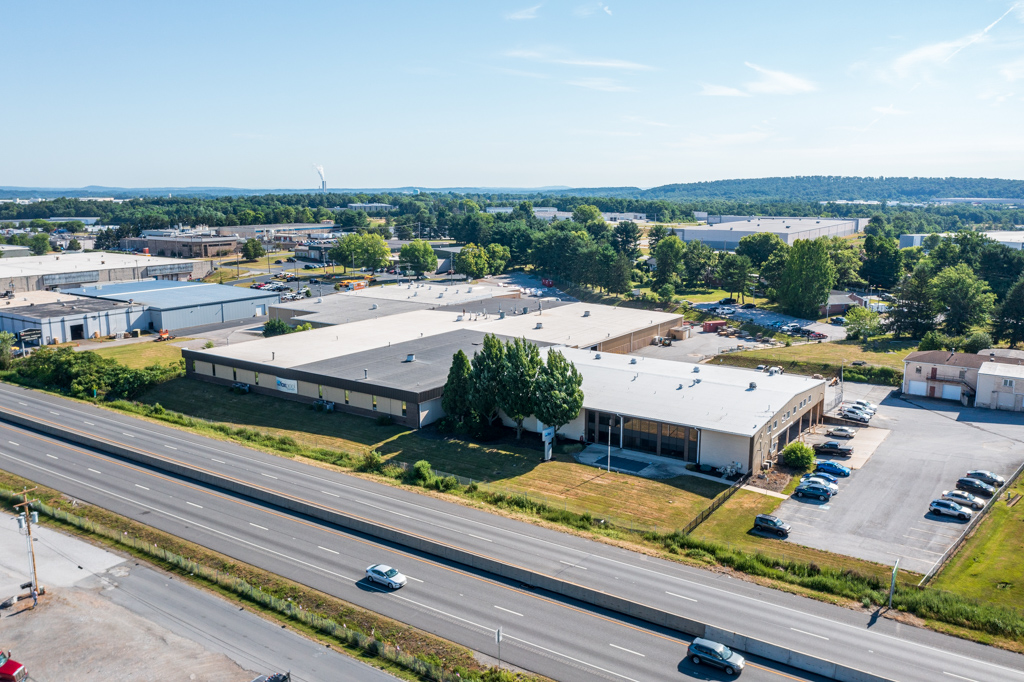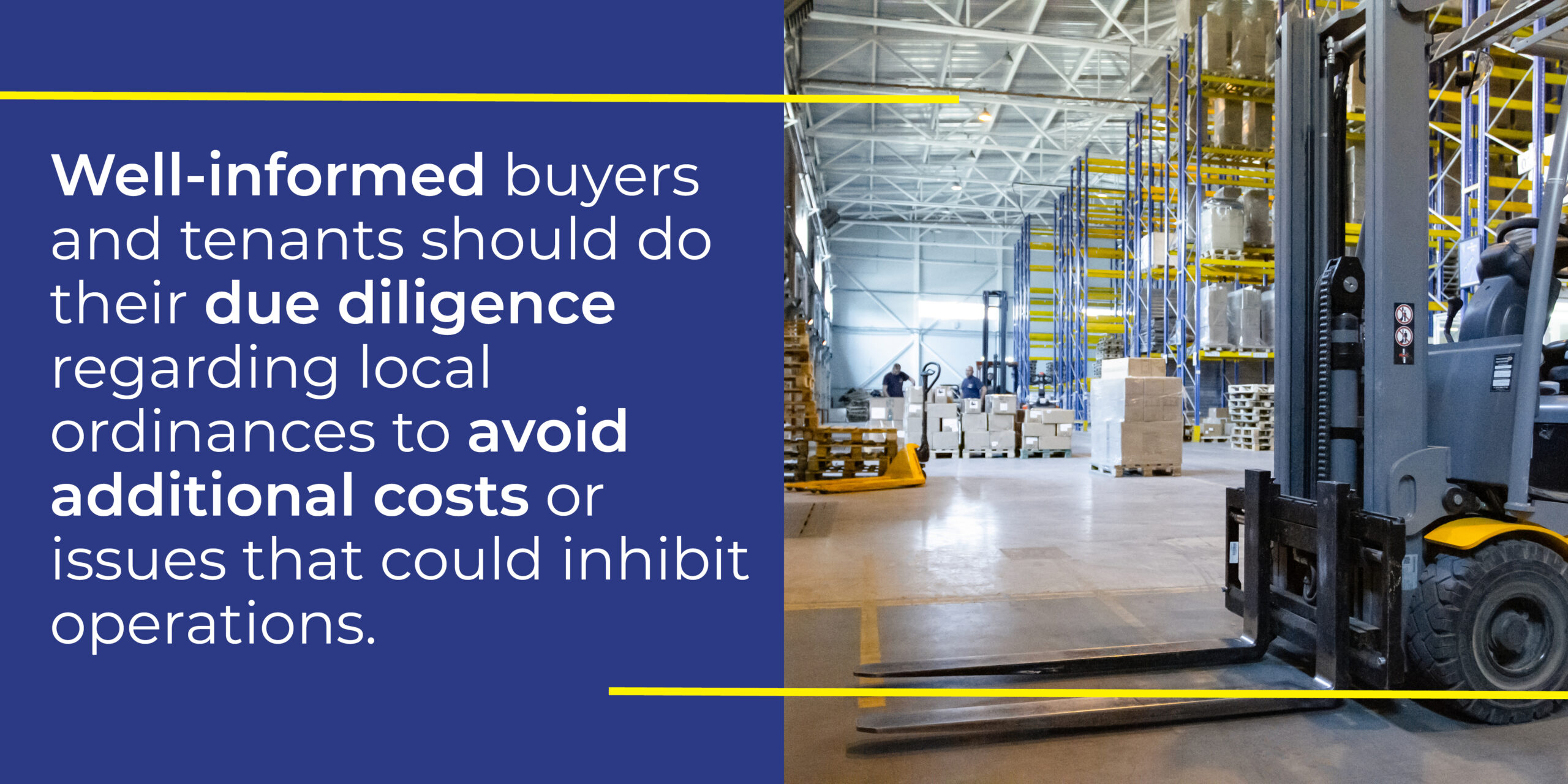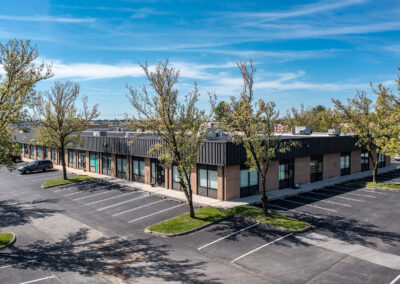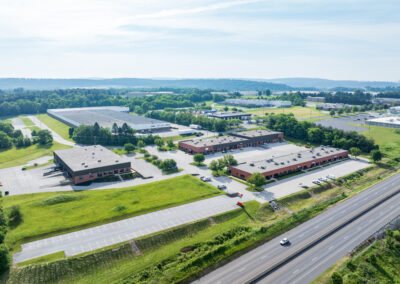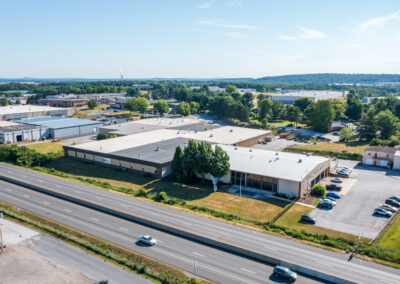by Emily Klingler | 4 min. read
The adage in real estate that “Location, location, location” matters most isn’t exactly 100% accurate, and e-commerce consumerism is one example of recent trends that have contributed to this concept becoming more complex over time. The primary drivers of location’s impact are proximity to suppliers, proximity to a skilled workforce, and proximity to its customers, but these variables require careful consideration.
This is especially true for industrial warehouse properties. For distributors and manufacturers, warehouse location is one of the most important and complex factors when considering the success and viability of any industrial business model.
Location can be a useful business tool or a challenging obstacle, and this blog will cover the main characteristics of a property’s location that make the biggest difference to any buyer or tenant in need of warehouse space.
SUPPLY CHAIN OPTIMIZATION
With the increase in e-commerce consumerism, supply chain efficiency is more important than ever. Supply chains can involve an entire network of businesses from the initial manufacturing of raw materials into sellable goods, to the last mile shipping to retailers and consumers.
But no matter where on the supply chain timeline your business operates, location plays a crucial role in determining the cost, productivity and flexibility of manufacturing and distribution processes. A well-managed supply chain reduces transportation costs and delivery time of goods, and much of this optimization can be achieved through site selection.
Closer proximity to suppliers means a manufacturer can efficiently resupply the raw materials required to keep production on track, ensuring reduced shipping costs and shorter fulfillment times. Simultaneously, the optimal location for a last-mile distribution warehouse would be within a day’s drive, if not hours, of the retailer or consumer.
Supply chains do not always flow evenly, and a warehouse’s ability to accommodate unanticipated fluctuations is just as important to productivity as proximity. The impact of delays due to natural disasters, policy changes or shipping slowdowns can be managed by a property’s capacity to house and store goods. Ideal building characteristics include higher clear heights to accommodate cranes, lifts and storage racking, sustainability technology integration to lower environmental impact and utility costs, and climate control systems with managed temperature and humidity levels for preserving product integrity during any necessary storage.
TRANSPORTATION INFRASTRUCTURE
The goal of transportation infrastructure is connectivity, not only for transportation of goods but also commutes for employees, impacts on local traffic congestion and accessibility for businesses and consumers. Regardless of your distribution model, having the appropriate transportation infrastructure already in place, or knowing whether it’s feasible to develop it, is paramount to effective site selection.
Strategic warehouse locations include direct access to high-traffic corridors and highways to streamline transportation and reduce shipping times. Access to railroads, ports, or airports also facilitates faster shipping and reduces reliability on a single mode for transporting goods. Both are major advantages for distributors for some products.
Designated turn lanes or signaled intersections provide sufficient and optimal ingress and egress to the property and reduce impact on local traffic flows. This is especially true for high-traffic areas that promote growth and visibility but risk increasing traffic congestion.

